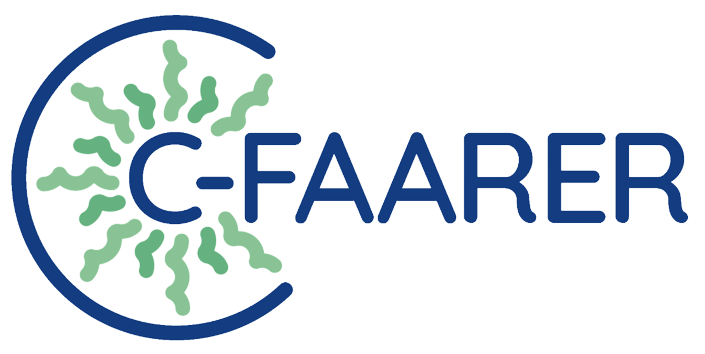Conceptual Framework for Regenerative Ocean Farming
Deliverable 1.1 provides a conceptual framework for community-driven regenerative ocean farming. This report proposes a definition of ‘regenerative ocean farming’ and explores issues concerning the profile and scope underpinning this approach, so as to meaningfully distinguish it from other similar concepts. This material covered is intended to inspire initial insights into strategies and tools that could sustain existing businesses, support new entrants, new market creation and business cases for community-based investment and scaling.
The definition proposed by C-FAARER is the following:
Regenerative ocean farming is a form of marine enterprise that gives back more than it takes out, leaving nature in a better state that benefits future generations.
The above definition incorporates the core components of business, restoration of the environment and living populations, and future social consequences. In the absence of a definition that is dedicated towards a ‘community-driven’ approach, we also offer the following, which reflects the striving to manage real-world competing interests and share in the potential benefits:
Community-driven regenerative ocean farming is the business of creating a sustainable and mutually-beneficial balance between social, economic and environmental interests, providing renewable produce and systemic
benefits for societies that depend on marine and coastal life.
The framework includes the above-mentioned working definitions and a set of core principles underpinning community-driven regenerative ocean farming. The principles include farms being sited where net-positive outcomes can be gained for local ecosystems and society, species being native or following regional guidelines and farming and processing equipment being low impact, energy efficient, and suited for area/volume and environmental goals.
The report identifies three major distinct stages of operational business activity: (1) Preparation and Deployment, (2) Growing, Monitoring and Harvesting, and (3) Final Product Preparation, Logistics and Sales. The deliverable aims to demonstrate a practical framework for incorporating the principles of community-driven regenerative ocean farming into a classic value chain of these three stages to enable analysis of existing approaches and identify opportunities and challenges for migrating to a regenerative strategy. The following figures show the different versions of the ocean farming value chain.
Figure 1 - Mapping the ocean farming value chain
Figure 2 - Mapping the impact of regenerative and sustainable practices on the value chain
Figure 3 - Mapping the impact of community-driven practices on the ocean farming value chain
Conclusions
The report provides a conceptual framework for community-driven regenerative ocean farming, setting out definitions and a high-level profile of potential regenerative methods and expected benefits. Further work is required to refine these methods and provide a scientific evidence base underpinning the extent to which benefits can be claimed (type, impact, conditions). Also, expectations will need to be managed as to the extent regenerative approaches or other sustainable methods can realistically be applied to ocean farming businesses that supply high-volume biomass for commercial applications such as animal feed, biostimulants, nutraceuticals, fabrics and bioplastics.
We welcome your feedback on these excerpts from our D1.1 report, please contact us below



